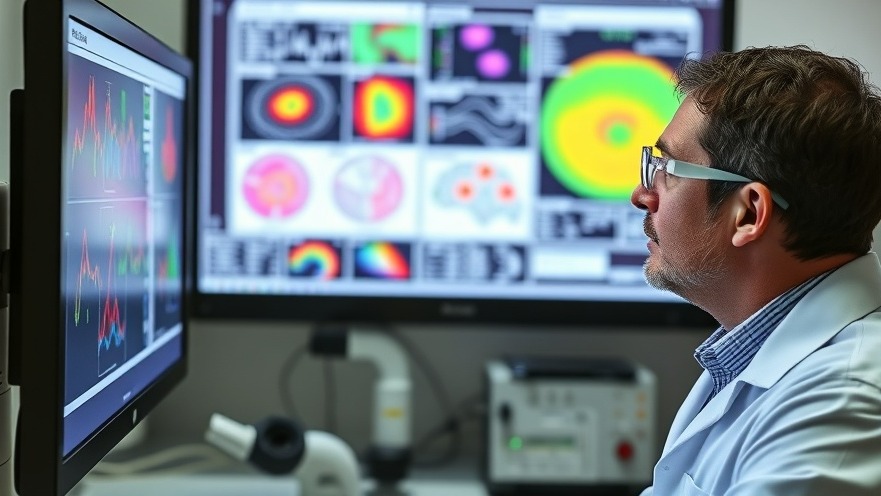
Revolutionary Disease Mapping Technology for Enhanced Patient Care
In a significant leap forward in medical diagnostics, researchers at Aarhus University have unveiled a cutting-edge advancement in imaging technology known as Pathology-oriented multiPlexing, or PathoPlex. This innovative method allows doctors to analyze over 100 different proteins in a single tissue sample, dramatically enhancing the detail and accuracy of disease mapping compared to traditional methods that typically examine only 1-2 proteins at a time.
Unveiling Hidden Factors in Disease Progression
The ability of PathoPlex to identify changes in tissue samples is especially revolutionary in its application to chronic conditions such as diabetes. For instance, in a recent study, researchers detected complex alterations in kidney function even before patients displayed conventional symptoms of kidney disease. This proactive approach to diagnostics could empower health practitioners, enabling earlier interventions and tailored treatments for patients.
A Closer Look at Medication Efficacy
One of the most promising aspects of PathoPlex is its capacity to measure how medications affect tissues directly. In tests involving SGLT2 inhibitors, a class of diabetes medication, researchers observed that while the treatment alleviated some diabetes-related changes, it did not address all alterations. This insight raises critical considerations for practitioners, suggesting that diabetic patients may require comprehensive treatment plans that combine various therapeutic strategies.
Rethinking Clinical Approaches with Advanced Imaging
The implications of PathoPlex are profound for patient care. By providing a comprehensive view of pathology, it not only allows for better monitoring of chronic conditions but also fosters a deeper understanding of disease mechanisms. This technology paves the way for personalized medicine, where treatments can be tailored to the individual patient’s pathology rather than following a one-size-fits-all model.
Accessible Innovations for All Medical Practices
In a commendable move towards inclusivity, the team at Aarhus University has made this cutting-edge technology freely available to the medical community. This democratization of knowledge and tools ensures that even smaller practices can leverage PathoPlex for their diagnostic needs without significant financial burdens. The team has also provided a user-friendly, computational guide through a Python package named "spatiomic," simplifying the implementation of this technology.
Future Predictions and Trends in Medical Technology
As healthcare technology continues to evolve, the integration of advanced imaging methods like PathoPlex will likely redefine standards in diagnostics. The trend towards precision and personalized medicine will gain momentum, as practitioners seek tools that provide granular insights into disease states. Future iterations of this technology may include further enhancements in image processing and artificial intelligence to refine disease detection capabilities.
Why Health Practitioners Should Embrace PathoPlex
For concierge health practitioners, adopting innovative technologies like PathoPlex can differentiate their practice in a highly competitive market. By utilizing advanced imaging technology, providers can enhance patient care through improved diagnostics, potentially leading to better outcomes and higher patient satisfaction. In an era where personalized care is becoming paramount, practices that innovate stand to benefit significantly.
In conclusion, advancements like PathoPlex herald a new age in diagnostics, promising to enhance the accuracy of disease detection and improve patient care. As healthcare continues to embrace technology, staying informed and adaptable will be essential for practitioners committed to providing the best care for their patients.
Embrace the future of diagnostics: Explore how PathoPlex can revolutionize your clinical practice and enhance patient outcomes!
 Add Row
Add Row  Add
Add 




Write A Comment